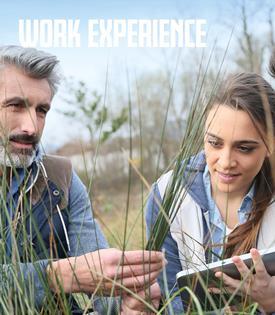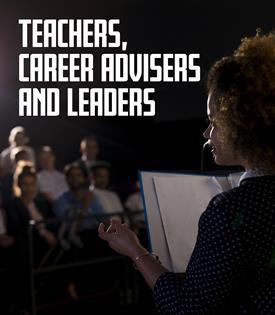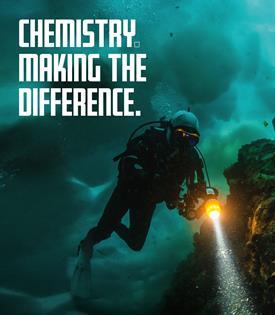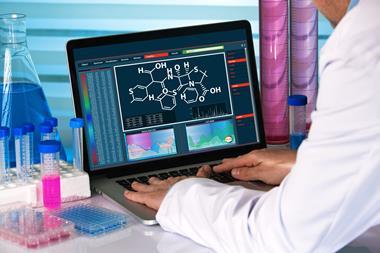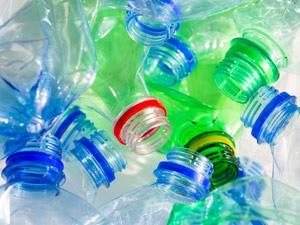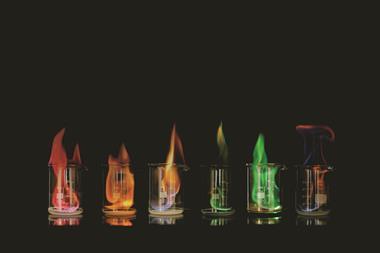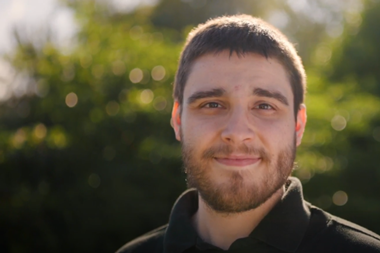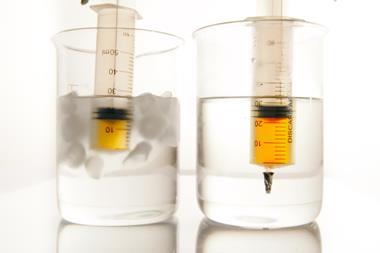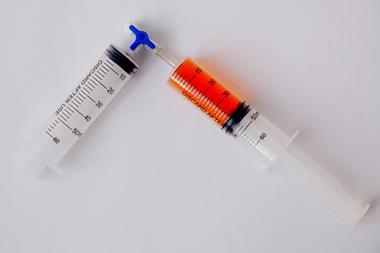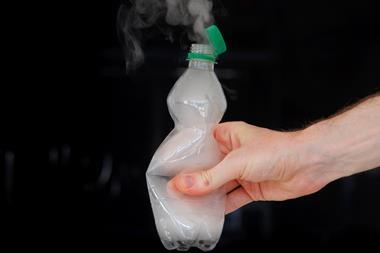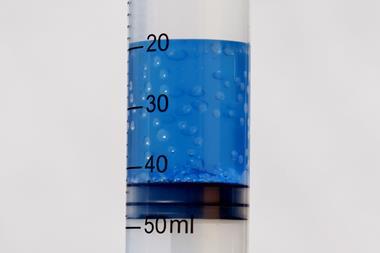Everything you need to know
-
- Salary range: Over 40k
- Minimum qualifications: PhD in related discipline usually required
- Skills required: Technical, problem-solving, communication
- Training required: No specific additional training required
- Work–life balance: Engaging
- Locations: Find related work experience positions using our map of employers.
More profiles like Hazem's
What’s it like to be a dermal toxicologist at the University of Hertfordshire
My name is Hazem Matar and I’m a senior research fellow at the University of Hertfordshire. I work within the Toxicology Research Group and I’m specifically a dermal toxicologist so I specialise in assessing how skin is exposed to toxic chemicals, whether that’s from the environment or deliberate exposures.
What do you love most about your work?
For me, I think the most exciting aspect of my work is trying to model real-world exposure, so bringing together what happens in a realistic environment, trying to model that in an in vitro system so we can actually try and design an experiment to replicate how somebody is exposed to chemicals, whether that’s being exposed to pharmaceutical chemicals, whether it’s a farmer spraying pesticides, all the way to counter-terror-related experiments whereby we’re looking at assessing decontamination procedures or how someone is exposed to chemicals.
What are the most surprising aspects of your job?
The most surprising aspects of the work that we get involved with is working on projects whereby we’re evaluating chemical, biological, radiological, nuclear exposures and evaluating the efficacy of PPE and, for me, I think one of the most surprising aspects of my career to date is I would have never thought I would have ever contributed towards the US federal guidance and how emergency responders should respond to a chemical incident. For that particular project, we ended up designing a novel in vitro skin diffusion cell whereby we tried to model the optimal response of what’s perceived best practice and try and assess and evaluate whether that actually works or not within a laboratory setting and then extrapolate that using human volunteers.
We did a lot of human volunteer exercises to essentially see ‘does this procedure actually work and is it safe to use?’ It basically could increase the throughput of casualties by over 50%. It also allows us to evaluate and optimise – OK, if you’re going through an enclosed tent, for example, the aerosol build up or the vapour build up might exceed certain limits which then might pose a risk or a hazard to people, so we’re evaluating the whole system to see how effective the whole procedure actually is, if it’s safe to use.
Why did you choose chemistry?
I’ve always been interested in science from a young age. I was always interested in chemistry and biology so I ended up studying pharmacology, moving then into a master’s in toxicology and doing a PhD evaluating skin exposures and decontamination to chemical water agents.
What tips or advice would you have for someone considering a career in toxicology?
The future of toxicology is growing. There’s a real requirement for young toxicologists out there because there’s always new products coming out the market and, obviously, there’s a lot of restrictions being imposed by regulators which means we need more innovation which then drives toxicology to some extent, so that’s what allows us to keep moving forward and establishing new techniques.
First published 2023, updated 2025



